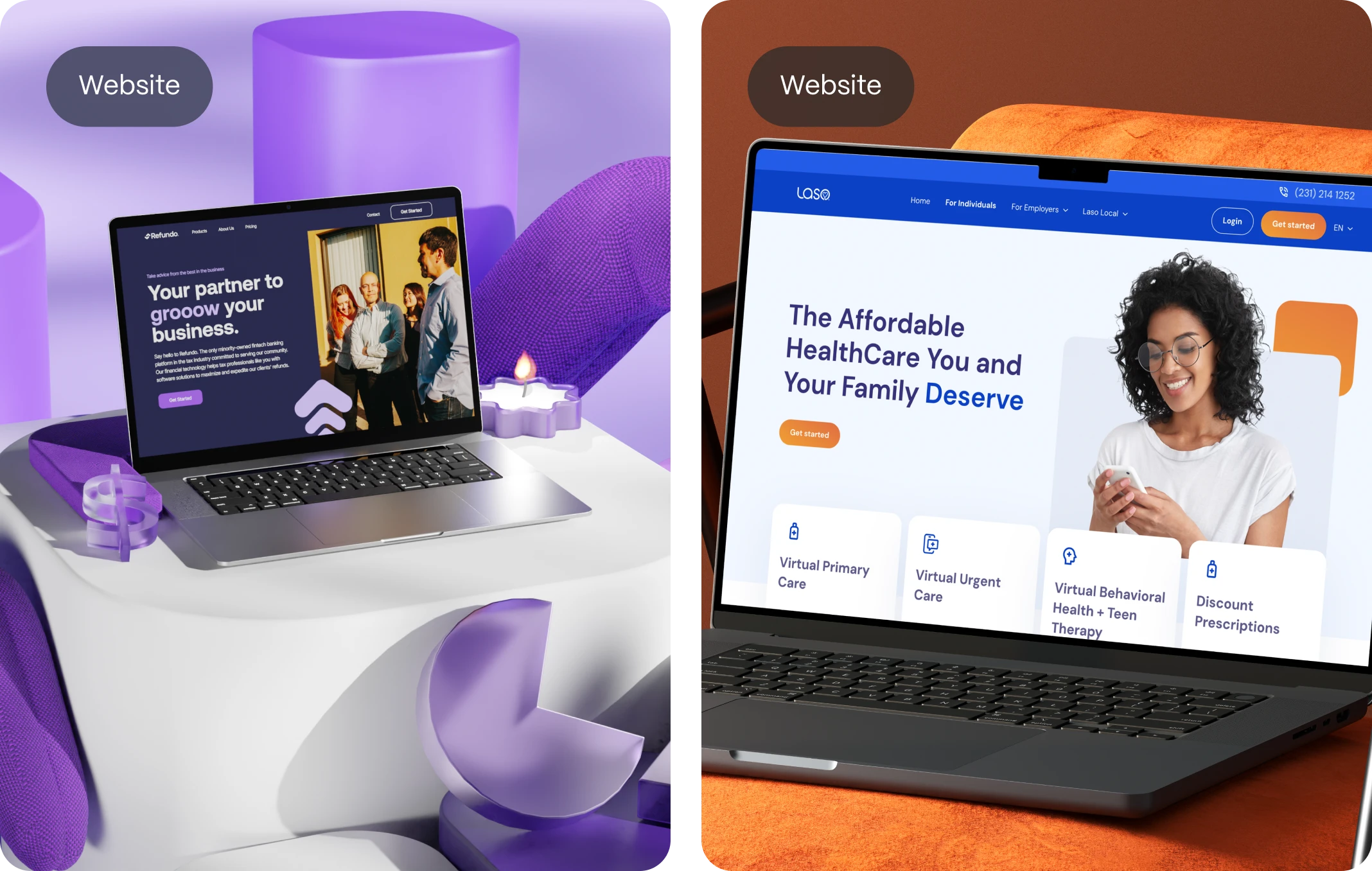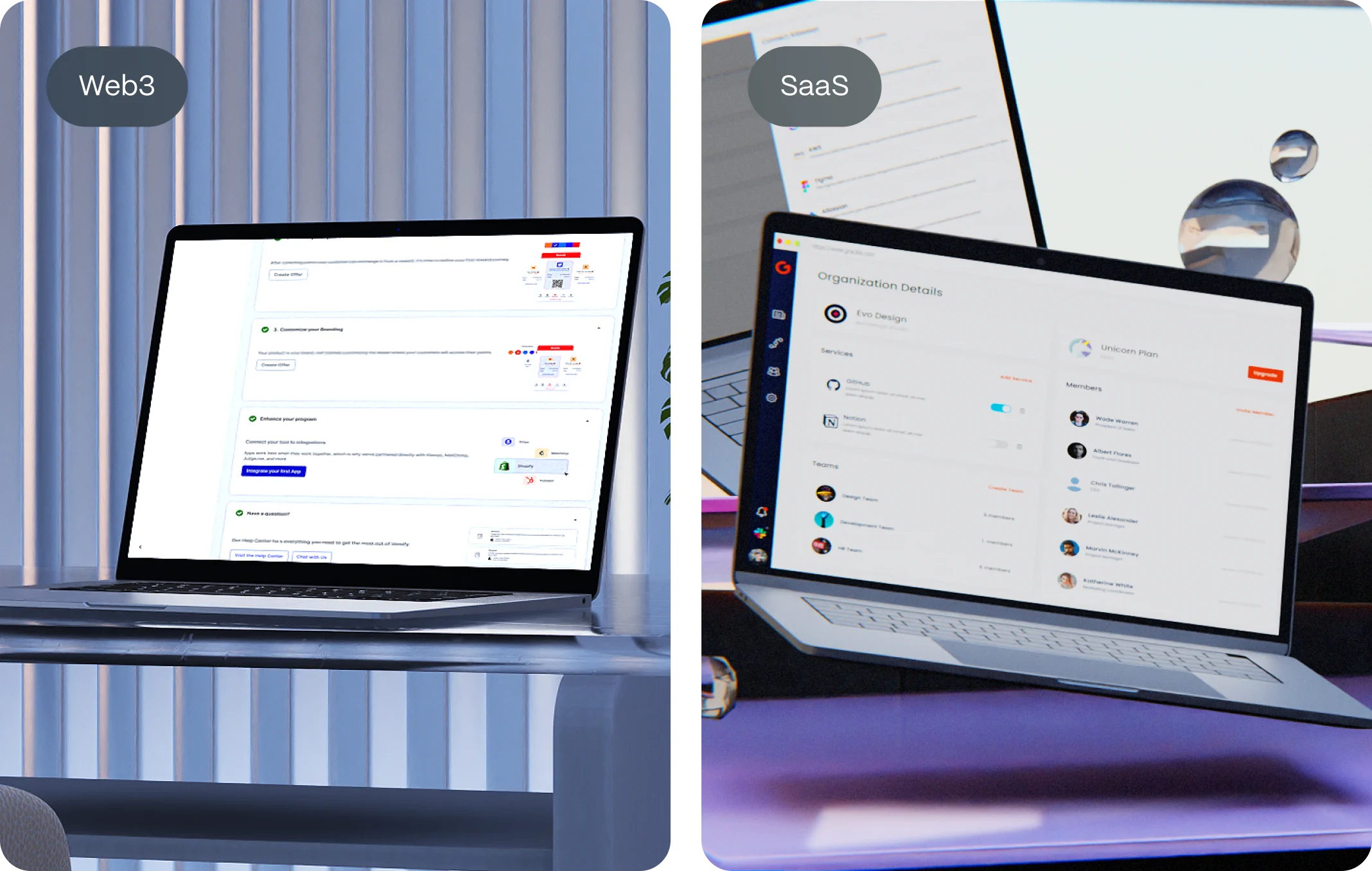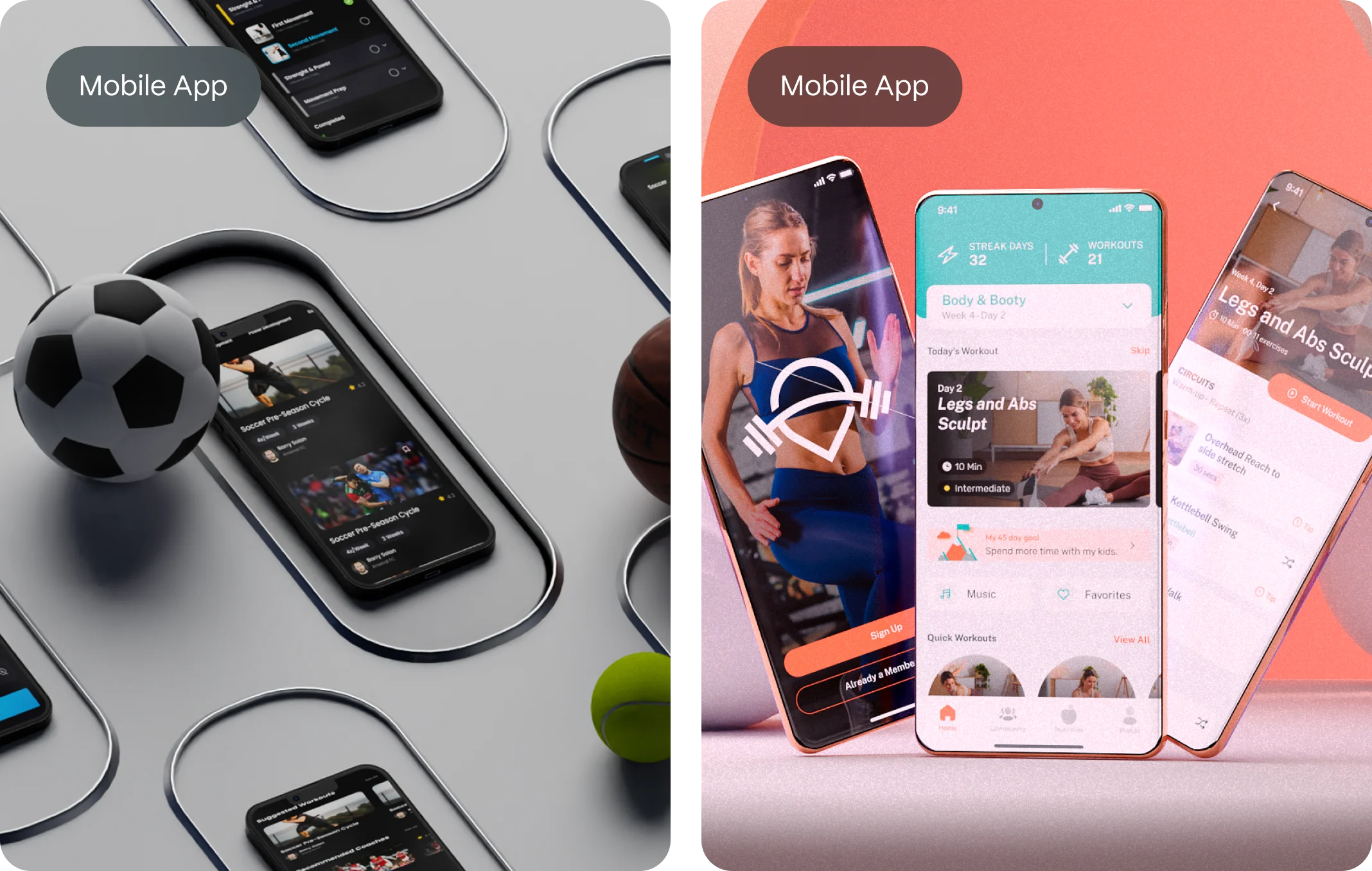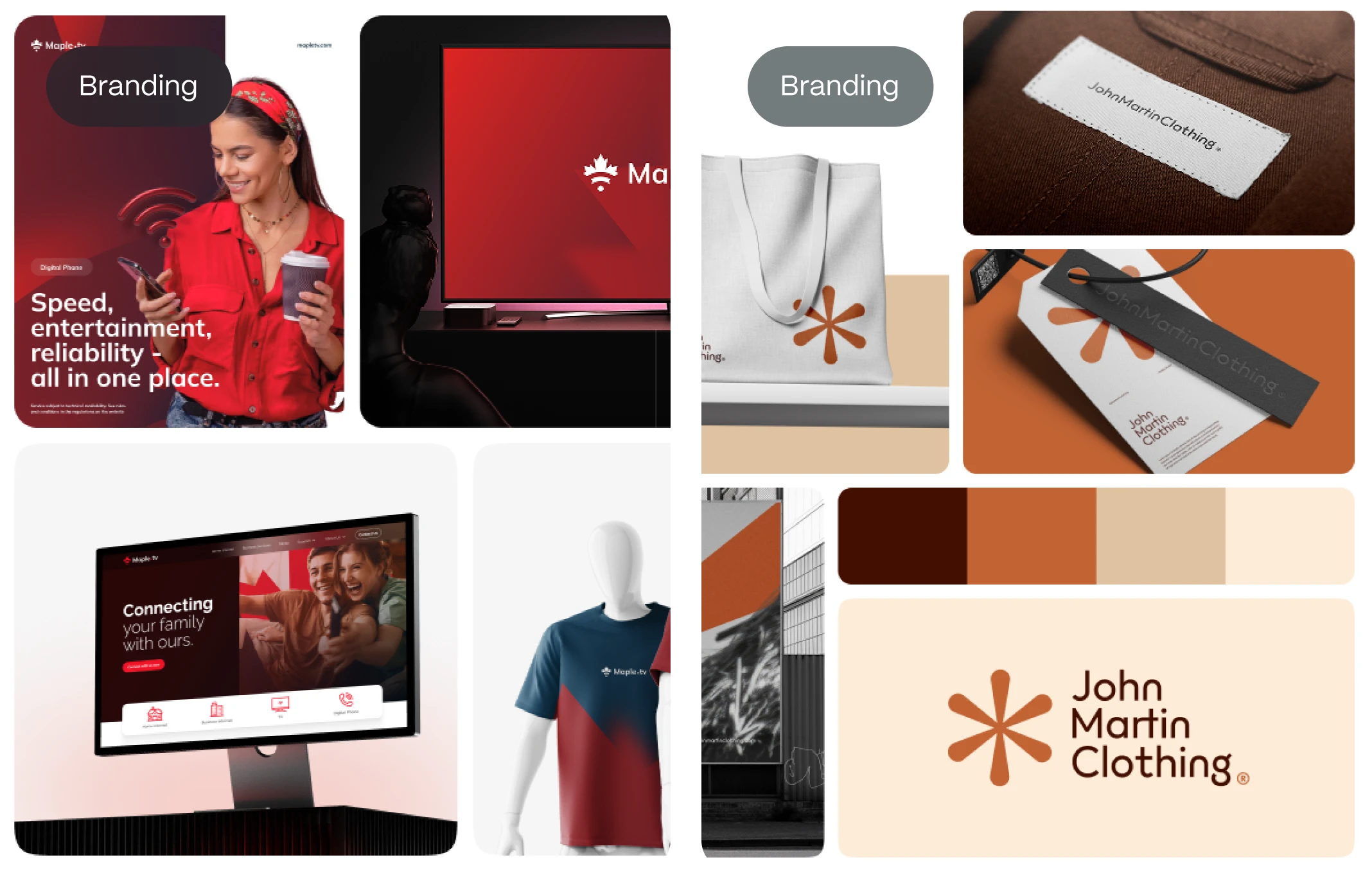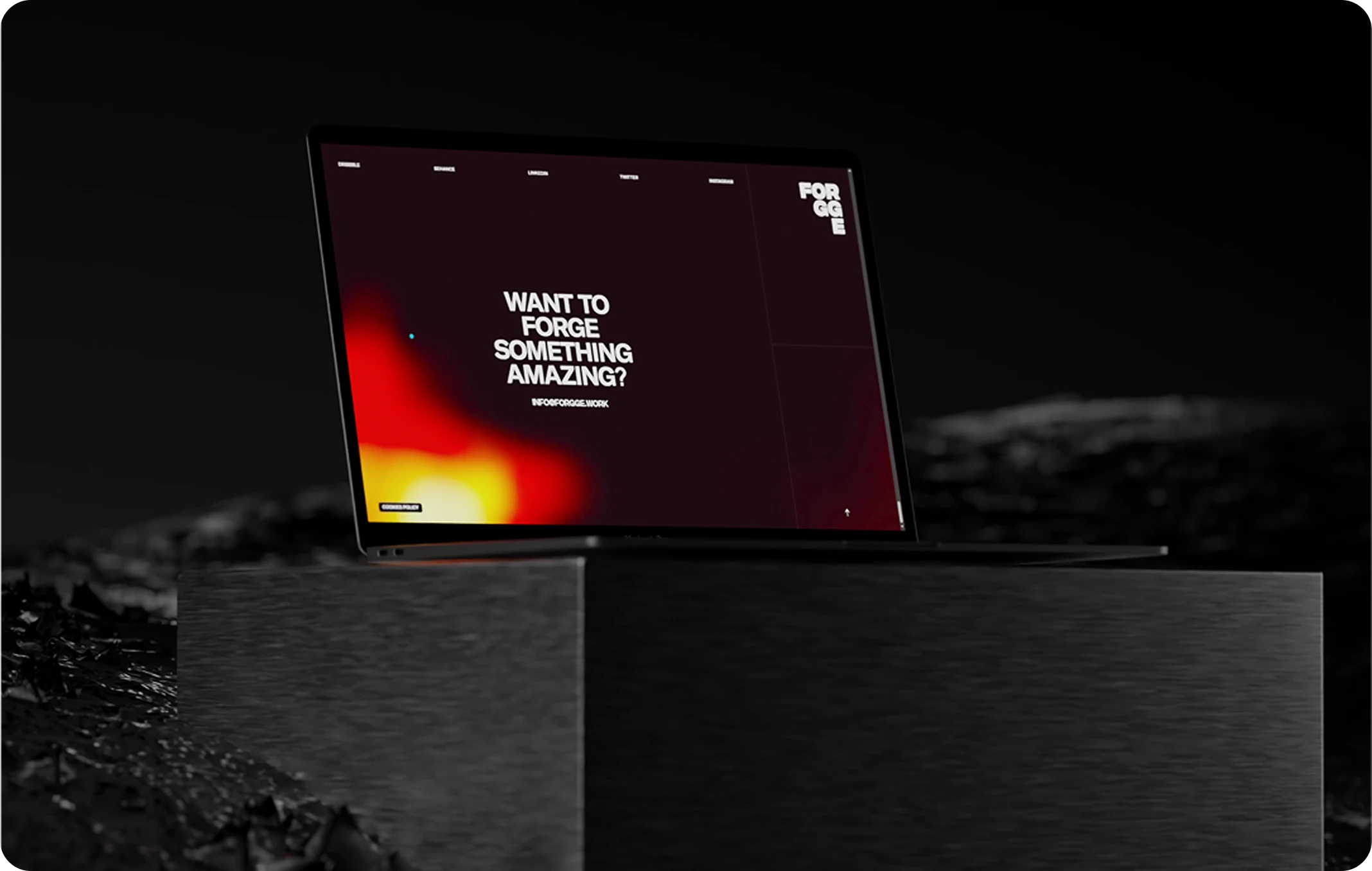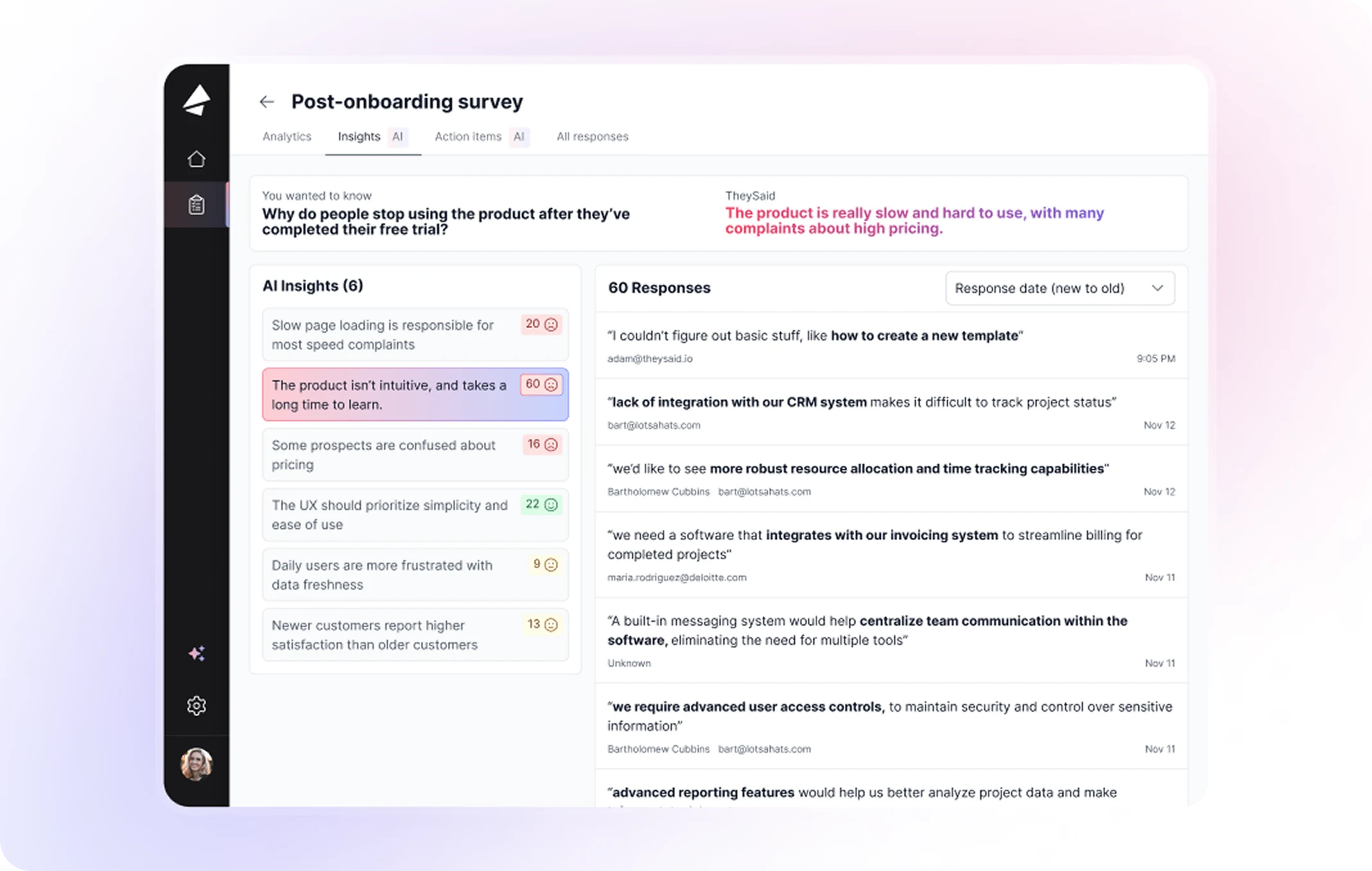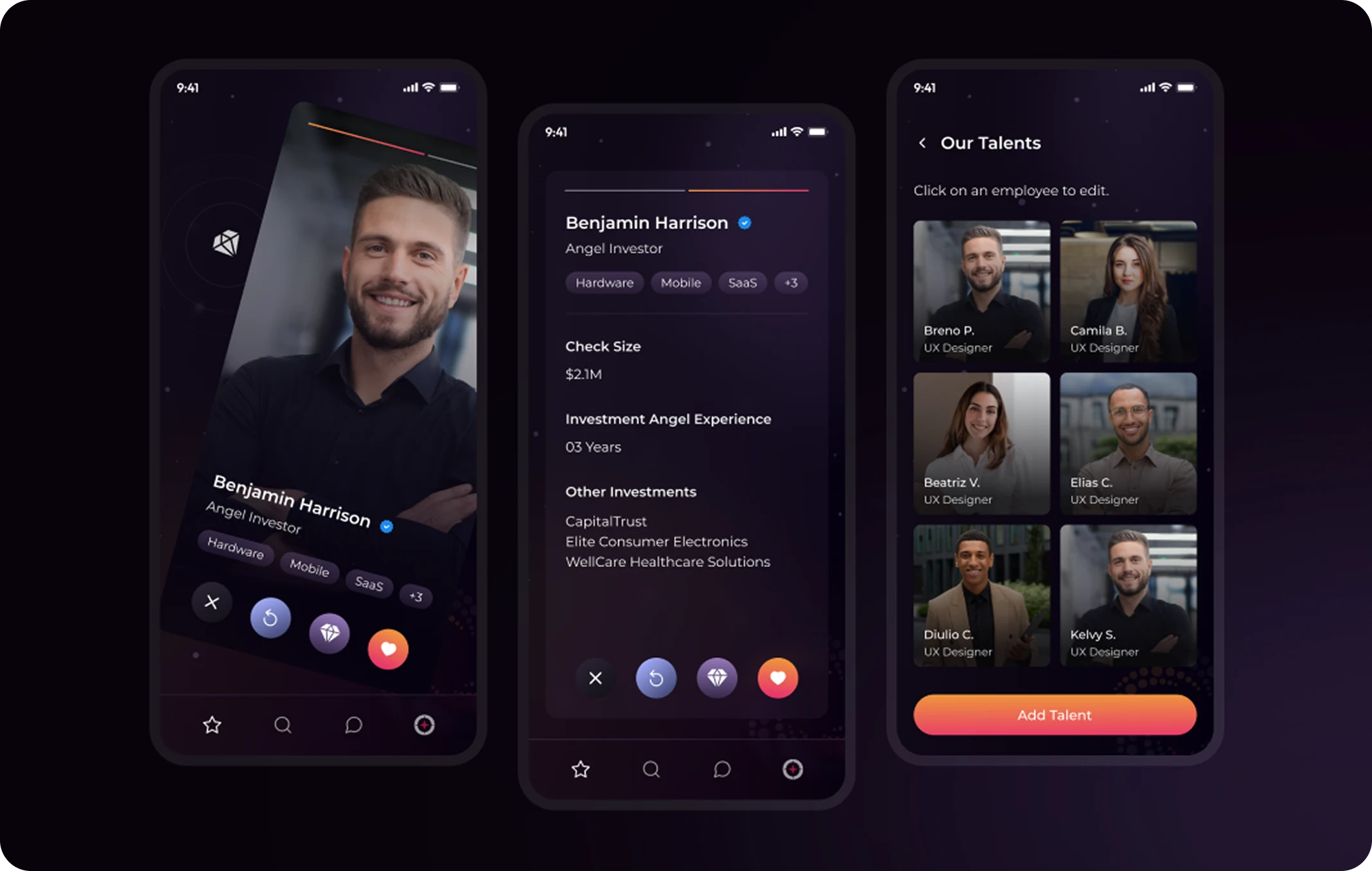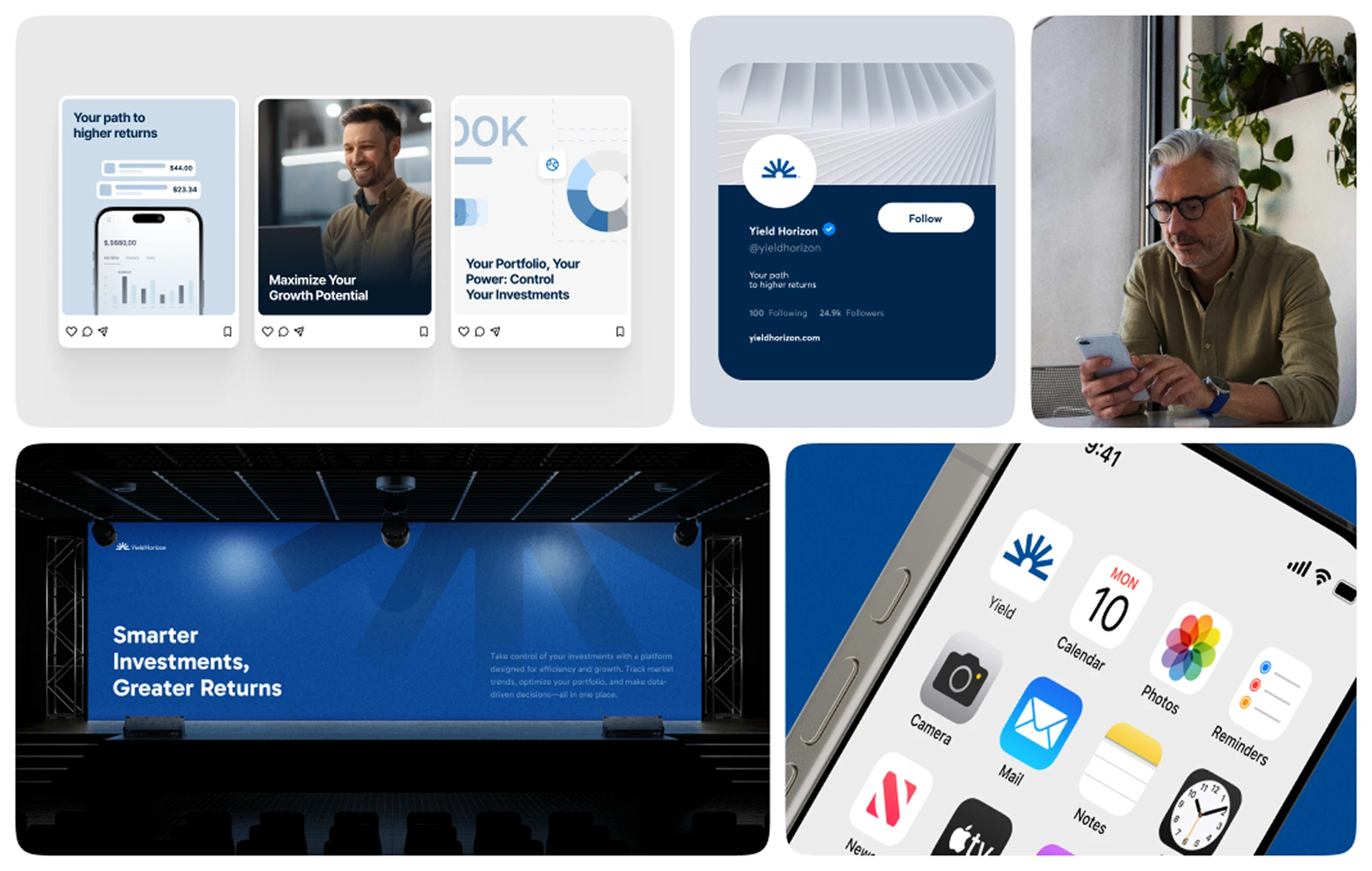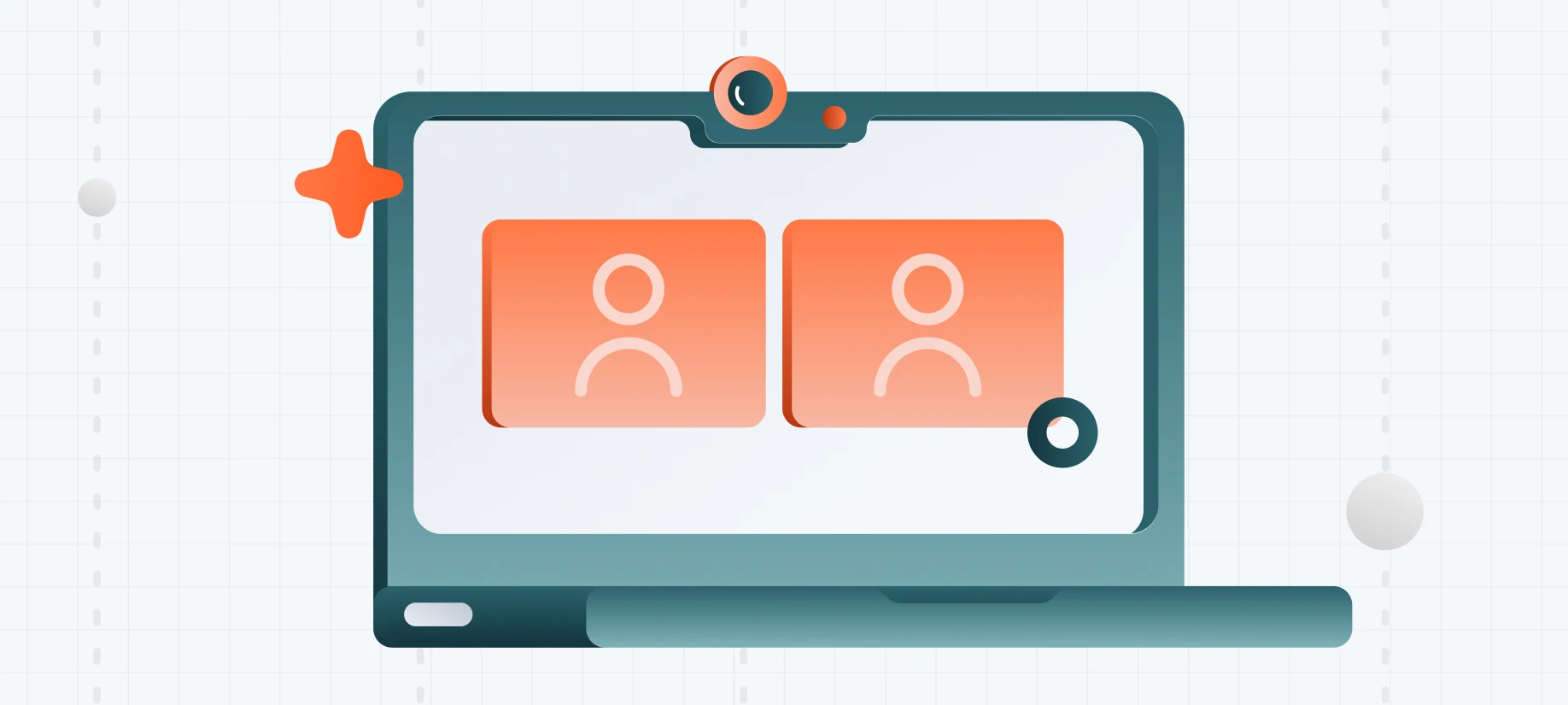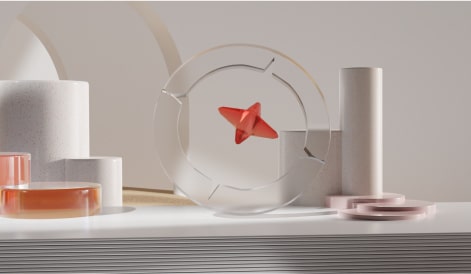Embracing the uncertainty of launching a digital product is part of every founder’s journey. You have a vision. You may even have a brilliant prototype. But how do you really know if what you’re building solves the right problem—or even if it’s solving a problem that’s important to your audience?
That’s where user interviews step in—not as a luxury or optional extra, but as a cornerstone of strategic UX design. In a digital landscape dominated by assumptions and rapid iteration, the most successful startups are those that pause to listen before they scale.
This guide walks you through everything you need to know about conducting user interviews—from the right timing and structure to extracting insights that move your product forward. More than methodology, this is a mindset shift: putting your users at the heart of every decision.
What Are User Interviews in UX Design?
User interviews are one-on-one conversations between a product team (usually a designer, researcher, or founder) and a real or potential user. The purpose? To understand how people think, feel, and behave in relation to your product, service, or problem space.
Unlike surveys or analytics—which give you quantitative feedback—user interviews are deeply qualitative. They help uncover the nuances behind a user’s behavior: the motivations, frustrations, beliefs, and expectations that inform their decisions.
Think of them as the emotional X-ray of your user base. If you’re only measuring clicks, drop-offs, and conversions, you’re looking at the symptoms. User interviews get you closer to the diagnosis.
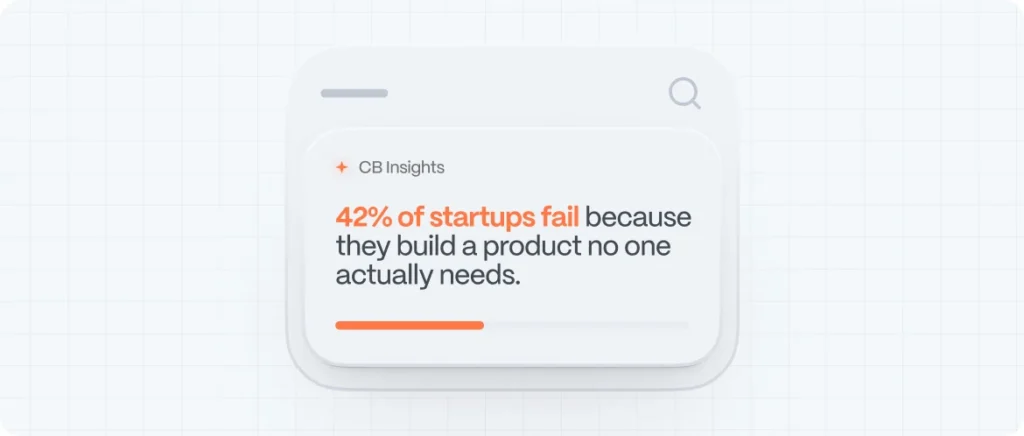
Why User Interviews Matter for Startups
In the early stages of product development, data can be scarce, and intuition often fills the gaps. But building solely on assumptions is risky—and expensive. According to a 2023 report by CB Insights, 42% of startups fail because they build a product no one actually needs.
User interviews help reduce that risk. They empower startups to:
- Validate product ideas before building.
- Understand context and behavior, not just opinions.
- Identify unmet needs or overlooked pain points.
- Test assumptions about features, workflows, or messaging.
- Uncover language your users actually use—essential for marketing and UX copy.
Let’s be honest: feedback is often filtered. People don’t always say what they mean. They click around your interface but don’t tell you why something felt confusing or annoying. Interviews invite them to slow down, reflect, and explain the “why” behind their actions.
And if you’re a startup founder, you know how valuable that “why” can be.
When to Conduct User Interviews
The beauty of user interviews is that they’re valuable at virtually any stage of your product lifecycle. That said, each moment will require a slightly different focus and framing.
1. Before Product Development (Discovery Phase)
You have an idea—but is it grounded in a real-world need?
Use interviews to:
- Validate the problem you aim to solve.
- Understand how users currently address the problem (workarounds, competitors, hacks).
- Identify emotional triggers and desires.
- Explore unmet expectations in the market.
Pro Tip: At this stage, talk to at least 5–10 target users, even before you wireframe. You’ll avoid designing in a vacuum.
2. During Prototyping and Design
Now you’re building. Interviews can help you:
- Test initial flows or clickable prototypes.
- Gather reactions to layout, copy, and hierarchy.
- Understand user expectations about interface logic.
- Discover points of confusion before development costs climb.
This is where UX researchers and designers thrive, iterating on wireframes based on real feedback.
3. Post-Launch (Product Iteration)
The product is live—but is it intuitive? Enjoyable? Sticky?
Use interviews here to:
- Understand user satisfaction.
- Investigate drop-off points or bounce behaviors.
- Explore the reasons behind low engagement or missed conversions.
- Inform your roadmap based on real user needs, not internal bias.
According to Nielsen Norman Group, even 5 user interviews can uncover 85% of usability problems—if done strategically.
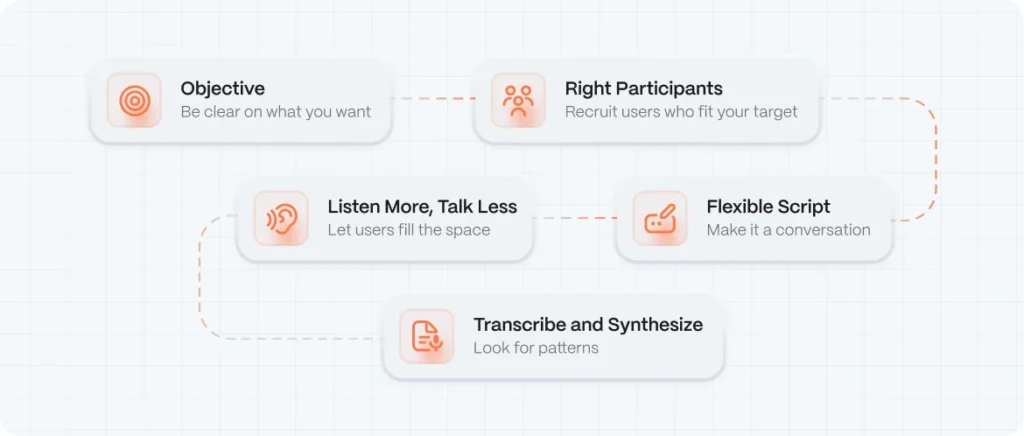
How to Structure a Great User Interview
You don’t need to be a psychologist to run a great interview—but you do need to be curious, open, and structured. Here’s a step-by-step approach:
Step 1: Define Your Objective
Be clear on what you want to learn. A good objective isn’t “test the app”—it’s more like:
- “Understand how first-time users approach our sign-up process.”
- “Discover the pain points in managing daily tasks with our current dashboard.”
- “Explore how users perceive our pricing model.”
Write it down. Keep it visible during the interview.
Step 2: Recruit the Right Participants
Don’t interview your friends or colleagues. That’s convenient—but not representative.
Instead:
- Recruit users who fit your target persona.
- Offer incentives (gift cards, early access, swag).
- Use platforms like UserInterviews.com, Respondent.io, or your own community.
- Aim for diversity across age, behavior, and needs—not just demographic diversity.
Step 3: Write a Flexible Script
Great interviews feel like conversations—not interrogations.
Structure your script around:
- Introduction: Who you are, what you’re doing, and that you’re not testing them.
- Warm-up questions: Start broad—”Tell me about your day-to-day” or “How do you usually handle this kind of task?”
- Core questions: Focus on behaviors, not opinions. Instead of “Do you like this feature?” ask, “Walk me through the last time you used something similar.”
- Wrap-up: “Is there anything that surprised you today?” or “Anything you expected that wasn’t there?”
Step 4: Listen More Than You Talk
Silence is powerful. Let users fill the space. Avoid leading questions. Instead of:
❌ “Was this easy to use?”
✅ Try: “What did you expect to happen here?” or “How did you feel at this point?”
Step 5: Record, Transcribe, and Synthesize
Always ask for permission to record. Then, use tools like:
- Otter.ai or Descript for transcription.
- Notion, Miro, or FigJam to cluster and map insights.
Look for patterns. If 3 out of 5 people hesitated during sign-up, something’s off. Let data guide, but let stories spark innovation.
What Makes User Interviews Unique vs. Other UX Research Methods?
Here’s how user interviews compare to other common research approaches:
| Method | Qual/Quan | Purpose | Example Use Case |
|---|---|---|---|
| User Interviews | Qualitative | Explore behavior and emotion | Understand why users abandon checkout |
| Surveys | Quantitative | Measure opinions at scale | Gauge satisfaction after onboarding |
| Usability Testing | Qualitative | Test interactions and flows | Observe how users navigate a prototype |
| Analytics | Quantitative | Track behavior patterns | Measure bounce rates on landing pages |
Common Mistakes to Avoid
Even well-meaning teams fall into traps. Watch out for:
- Biasing the user: Don’t frame questions with assumptions baked in.
- Asking yes/no questions: These kill exploration.
- Interviewing without recording: Memory is flawed; data is sacred.
- Focusing only on praise: The gold lies in friction.
- Over-relying on one persona: Don’t let one user’s view become the universal truth.

Tools to Make User Interviews Easier
Here’s a shortlist of tools we recommend:
- Recruiting: UserInterviews, Respondent, Ethnio
- Recording/Transcription: Zoom, Otter.ai, Descript
- Synthesis: Notion, Miro, Dovetail
- Scheduling: Calendly, SavvyCal
You don’t need a research lab. You need curiosity, structure, and a little tech support.
Final Thoughts: Listening Is a Strategic Advantage
As a founder, you’re under pressure to build fast. But building fast without listening is like racing toward a cliff with your eyes closed.
User interviews aren’t just a research method—they’re a culture. A culture of humility, empathy, and continuous improvement. And for startups, that culture is what separates fleeting traction from sustainable growth.
Ready to turn insights into product decisions?
At Evo Design Studio, we help startups like yours integrate smart research into the design process—without slowing down innovation.
Let’s talk about how we can bring clarity to your product decisions.

